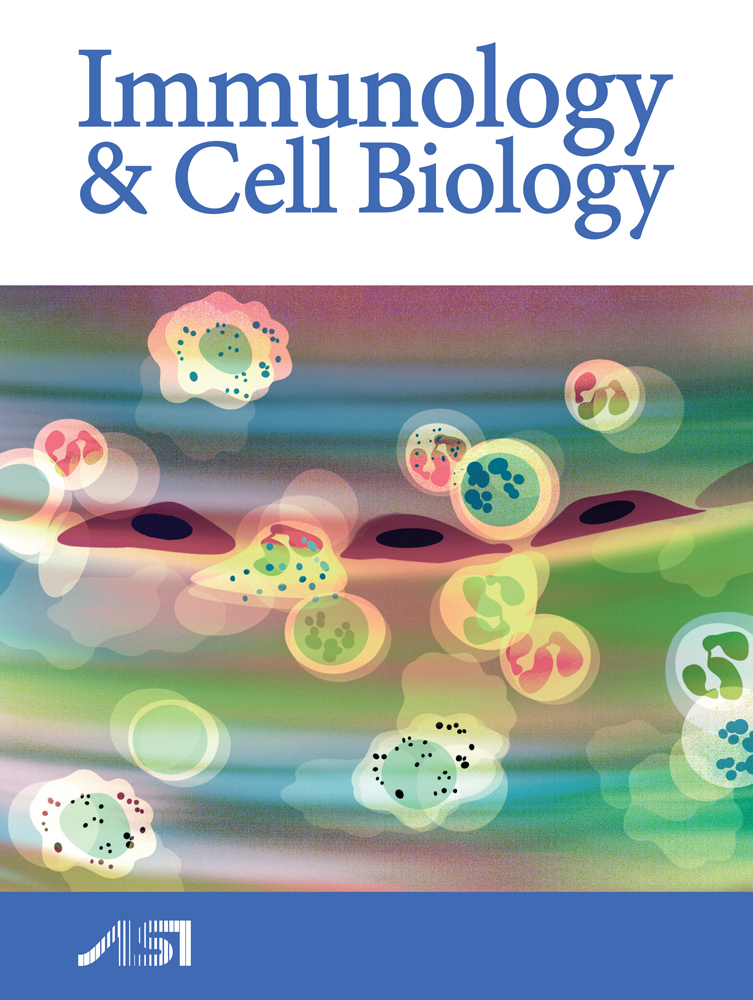Neonatal exposure to UV-B radiation leads to a large reduction in Langerhans cell density, but by maturity, there is an enhanced ability of dendritic cells to stimulate T cells
Abstract
Australia has the highest incidence of skin cancer in the world and ultraviolet (UV)-B radiation has been implicated as its major aetiological agent. Despite the link between melanoma and exposure to UV-B radiation in childhood, little work has been carried out to determine the effects of UV-B on neonatal skin. In this study, we investigated the response of adult and neonatal Langerhans cells (LC) to UV-B radiation to determine whether exposure in the neonatal period impairs the development of the skin immune system, thus having implications for the immune response later in life. Neonatal and adult mice were irradiated with a single dose of UV-B radiation and epidermal sheets prepared to determine the number of LC present. In addition, antigen carriage and T-cell proliferation assays were carried out to assess the immune response when the mice reached maturity. Results showed that neonatal LC were more susceptible than adult LC to depletion at 2 kJ/m2 UV-B exposure; however, there was similar susceptibility at lower doses. When mice that were irradiated as neonates were analysed at maturity, there was an increased ability to respond to cutaneously applied antigen as more antigen was transported to the lymph node and the lymph node dendritic cells had an enhanced ability to stimulate T-cell proliferation. In addition, this response was skewed towards a Th2 type response. Thus, single high-dose UV-B exposure alters the development of neonatal LC, resulting in a short-term reduction in the number of LC but an enhanced immune response when assessed at maturity.





